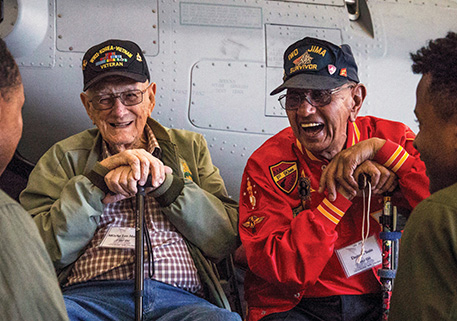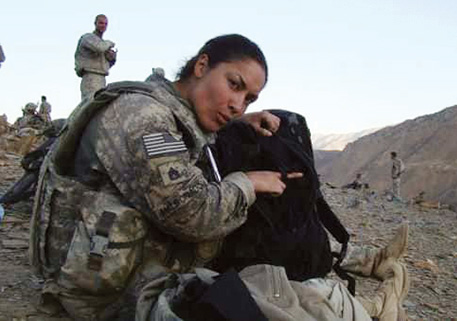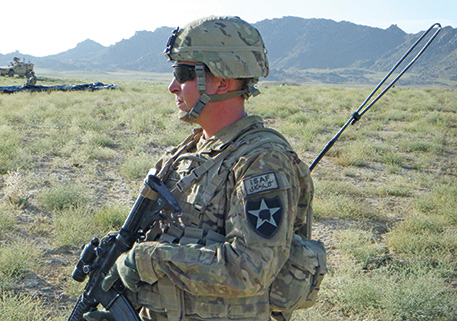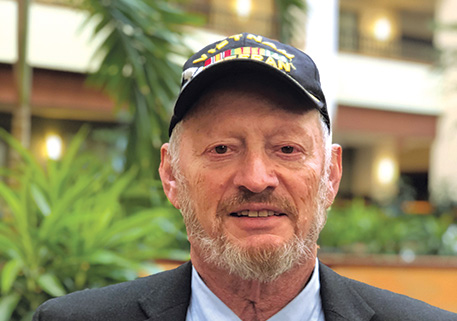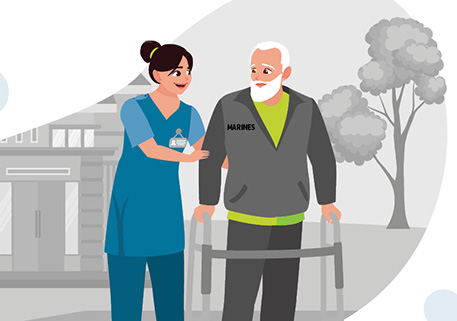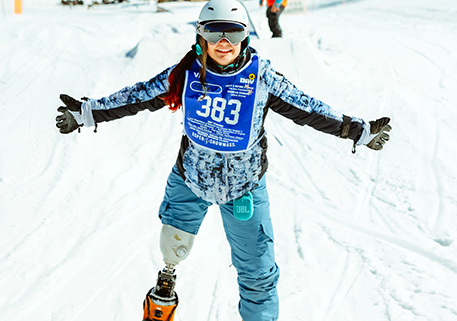DAV recommends changes to improve efficiency, streamline process
The process of volunteering to help veterans through the Department of Veterans Affairs is about to get easier and faster.
In January Secretary of Veterans Affairs David Shulkin announced approval of several DAV recommendations brought forth by the VA Voluntary Service National Advisory Committee to expedite and streamline the process of onboarding volunteers. Since 2012 the number of volunteers and volunteer hours in the VA Voluntary Service Program has steadily decreased, a drop the committee felt was due to the sometimes lengthy procedures for accepting new volunteers.
Recommendations include streamlining and standardizing the onboarding process, using external technology solutions for interviews, increasing the availability of credentialing equipment and permitting an individual’s primary care physician to complete physicals or use a community partner of the VA, such as, Walgreens to complete certain exams.
Varying practices between different VA medical centers and outsourcing tasks to multiple VA departments have proven to be hurdles to efficiency, meaning some individuals could be approved in two weeks while others may take up to four months to be fully approved and badged.
“This has been a widely reported and long-standing issue,” said Voluntary Service Director Sabrina Clark, the committee’s deputy chairperson. “Any change that results in more expedient processing of community citizens becoming volunteers is a win-win. Changing a process takes time, but I am excited that there is a desire and a strategic direction in place for this improvement.”
Although there is not an exact timeframe for these changes to be implemented they will be a part of a phased rollout plan during the upcoming year.
“Our goal and recommendation was to standardize and streamline a process across all VA Voluntary Service offices to ensure 80 percent of volunteers were fully credentialed within 30 days of the volunteer making contact with a veteran service organization or the VA,” said DAV National Voluntary Services Director John Kleindienst, who serves on the committee.
Made up of roughly 50 member organizations, the committee brought forth a number of recommendations and changes to help make the goal a reality.
“We all have a vested interest in helping veterans and volunteers who want to get involved,” said Kleindienst. “However, it does little to no good to simply air a grievance. The committee wanted to come to the table with solutions to the issues we raised.”
For example, a volunteer must currently fill out the volunteer application form and questionnaire, undergo a background check and tuberculosis test, submit fingerprints, be interviewed and attend an orientation. They may then receive their identification badge and be placed as a volunteer.
This checklist could not easily be done in the same day or at the same facility, forcing volunteers to return numerous times.
“That can be all it takes to discourage their involvement,” Kleindienst said. “They still want to volunteer—they just do it somewhere else. We could not continue to allow that to happen.”
So Kleindienst spearheaded the recommendations through the committee and pushed for commonsense solutions to retain and encourage volunteer participation.
“John led the recruitment subcommittee of the National Advisory Committee,” Clark said. “In this capacity, he was an invaluable and passionate advocate for improving the process, particularly with the tremendous efforts of DAV drivers. He knew firsthand the impact that these cumbersome processes had on volunteer recruitment.”
To help alleviate these time delays the committee suggested—and Secretary Shulkin approved—allowing VA facilities to use certain external applications, such as Skype, to interview potential volunteers remotely.
Another area the committee focused on was getting the technology and training needed to perform fingerprints and to have the ability to print volunteer badges on-site at the VA.
“Getting these relatively simple items addressed goes a long way to simplifying the process, which means more volunteers and more help for veterans and their families,” Kleindienst said.
“This is extremely exciting news,” said Barry Jesinoski, DAV National Headquarters executive director. “This development, coupled with the launch of our new Volunteer for Veterans website, means that giving back to veterans has never been easier.”
To learn more about volunteer opportunities in your local area, please visit www.volunteerforveterans.org.

